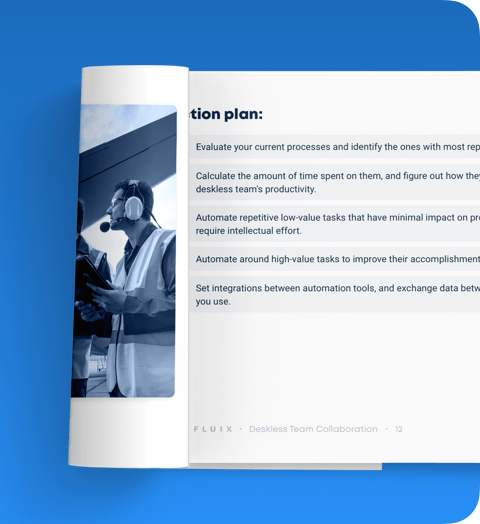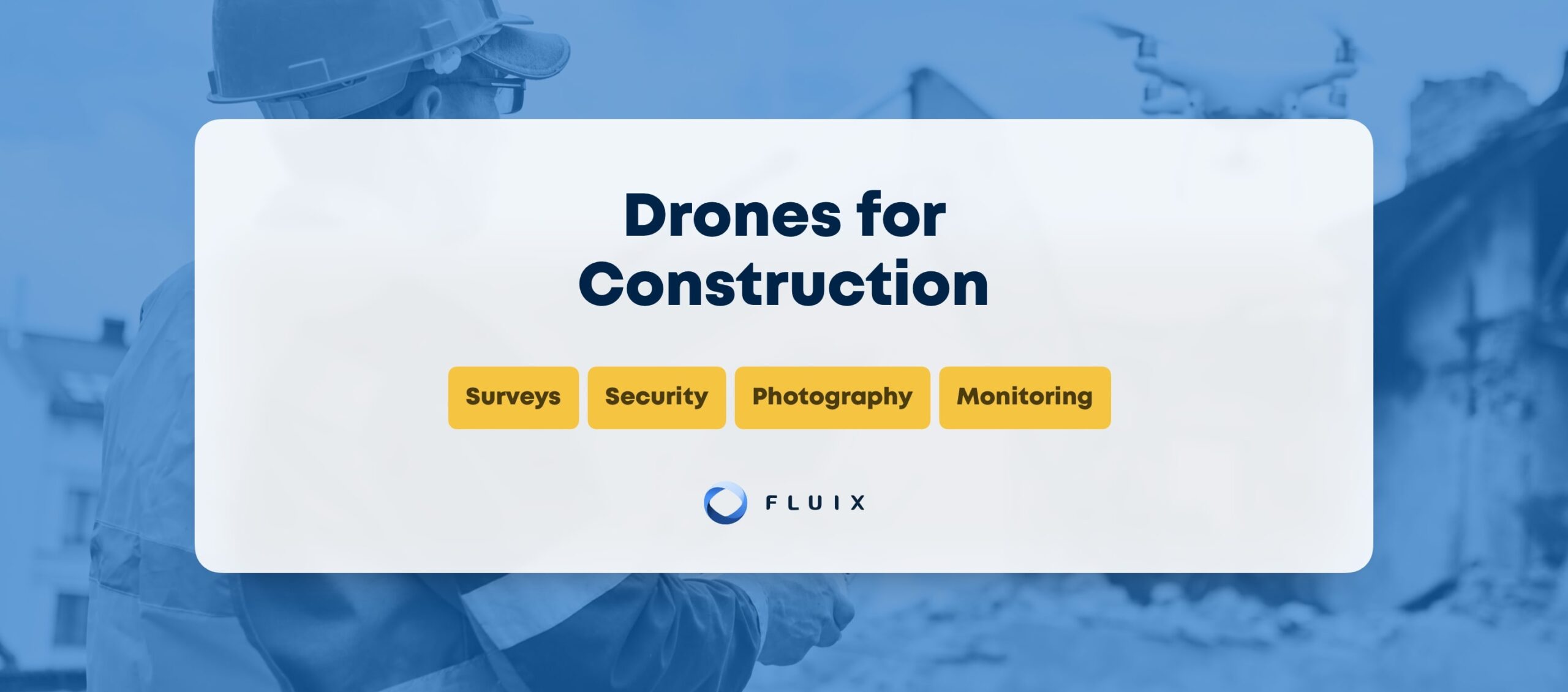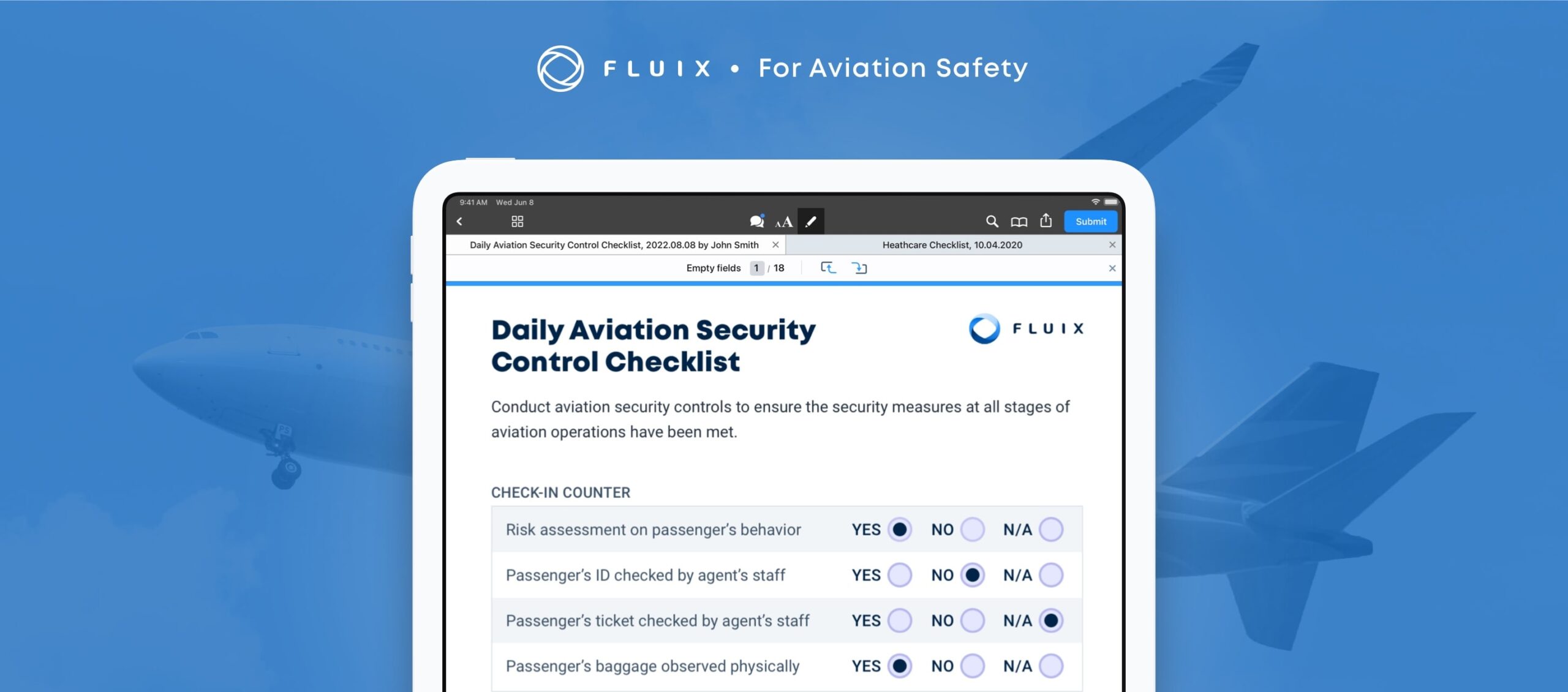When you pilot any vehicle, there are a lot of rules and regulations you must follow, not to mention safety and flight data checklists to complete. There are also takeoff and landing instructions that are site-specific.
One group of things you have to know is the Notice to Air Missions or NOTAM information for your takeoff and landing site and those for your flight plan. In some cases, not knowing this information can cause the FAA (Federal Aviation Administration) and other agencies to fine you or put you, your plane and your passengers in serious danger.
What Are NOTAMs Exactly?
In case you are new to aviation, you might be wondering what are NOTAMs. To know exactly what they are, you must understand what an air mission is. If you know what the anacronym NOTAM stands for, you can tell that it is a notice to all air missions in a given area.
What Is an Air Mission?
The definition of an air mission is anytime something is flying. This includes both manned and unmanned aircraft. The term air mission applies to anyone or anything flying through the air, including piloted and unmanned aircraft.
From this you can deduce that in layman’s terms a NOTAM is a message about an air mission. The Federal Aviation Administration has a more precise definition.
How Does the FAA (Federal Aviation Administration) Define a NOTAM?
A NOTAM in aviation, defined by the FAA, is a notice to flight personnel and ground crews containing information not known in advance to be sent any other way. It contains anything that is out of the ordinary in the National Airspace System. In other words, it is an abnormal status report. These reports can be anything out of the normal that you may encounter during your flight.
They indicate both abnormal statuses and updates on abnormal statuses in real-time. They also have a very unique language using contractions that anyone working or playing in the aviation field needs to be aware of. This information needs to be checked every time you fly as it is updated frequently and contains vital information about weather, hazards and no-fly zones that you need to know about before taking off.
Best Practices for Deskless Collaboration in Aviation
- A guide & action plans
- 5 templates
- 10 tools
- 25 reflection questions


What Is ICAO NOTAM Format and Why Should You Know It?
ICAO or International Civil Aviation Organization format is the international format of NOTAMs. The FAA is changing the domestic NOTAM format to the international NOTAM format for consistency.
Before this change, you only had to know the NOTAM format when making a domestic flight. When you were going into international airspace, you had to know both the NOTAM format for domestic flights and the ICAO NOTAM format. Now you will have to know the international version.
The reasons the FAA is moving to the ICAO format are:
- Improves accuracy and accessibility for all of those who deal with air missions
- Provides a consistent format for everyone
- Promotes a more global approach
- Enhances the ability to search and filter for specific NOTAMs
- Helps those who are flying to or from international airspace
Even if you do not plan on traveling over international waters, the FAA is changing to the ICAO format. Knowing it will benefit you in the future.
The difference between the ICAO NOTAM format and the United States format is simplicity. This means you receive the same information in an easier-to-understand format.
What Types of NOTAMs Are There?
Since NOTAMs are a whole system of notifications, it makes sense that there are different types. All of these types encompass ground crew as well as flight staff.
Trigger NOTAMs
A trigger NOTAM is an alert to rule changes made to the Aeronautical Information Publication. It is intended to bring attention to upcoming changes that are either permanent or temporary. It usually includes a brief description, times and the identification of the change or supplement to the Aeronautical Information Publication.
Temporary Flight Restrictions (TFRs)
A TFR is a restriction that must be obeyed. They include changes to flight patterns and no-fly zones. These include natural disasters, government officials flying, and other incidents where an area temporarily becomes a no-fly zone. These are a subtype of the FDC NOTAM.
Flight Data Center (FDC)
When issued by the FDC, the NOTAMs are regulatory. They are rules that everyone and everything flying must follow. This NOTAM can be something like a minimum altitude change or an instrument approach procedure. It can be an update to the AIP or other publication. These happen between the AIP chart cycle (period in between AIP updates) and constitute a change of rules that is intended to be permanent.
ASHTAM (Ash NOTAM)
This is to notify aviators and ground crews of ash or dust within an airspace causing flight difficulties. An example is when a volcano erupts and flights scheduled to go through the affected area are canceled.
SNOWTAM (Snow NOTAM)
SNOWTAMs are to notify aviators and ground crews of the presence, removal and projected removal of snow hazards. These include:
- Snow
- Slush
- Sleet
- Hail
- Standing water
When these conditions are present on the runways, they create hazards. A SNOWTAM is valid for 24 hours. If a significant change takes place, another SNOWTAM will be issued.
BIRDTAM (Bird NOTAM)
A bird NOTAM is almost exactly what it sounds like. It means a flock of birds is sighted in a significant flight path. Although that might not seem like much, birds are a significant hazard to plane engines.
Class I NOTAM
Class 1 NOTAMs are regular NOTAMs periodically issued through the telecommunications system.
Class II NOTAM
Class 2 NOTAMs are regular NOTAMs but are not issued through the telecommunications system. They are published on the normal AIP cycle of 28 days.
All of these types are important, and you need to be able to go through them before your flight.
How To Check NOTAMs
Now that you know what NOTAMS are, you might be wondering how to check NOTAMs. If you have internet connectivity, you can check NOTAMs through the FAA’s website or call 1-800-WX-BRIEF for a weather briefing. This can be a lengthy process where you might miss something. Many pilots have to go through the most recent version of the Aeronautical Information Publication.
These publications come out every 28 days but will not alert you to some of the temporary changes or changes that are made during the 28-day cycle.
Who Should Use NOTAMs?
Anyone who is a pilot, flies anything or works in the ground crew for an airport should be familiar with NOTAMs. Pilots and those who fly drones absolutely need to check for NOTAMs every time they fly.
NOTAMs should be a part of any pilot’s flight kit, and an updated version should be researched before taking any flight. A pilot’s flight kit has to contain all the safety, instructional and checklists for the plane they are flying.
All of this information can be easily stored in Fluix. Your pilots, ground crew and workforce can have the information they need at the touch of a button.






